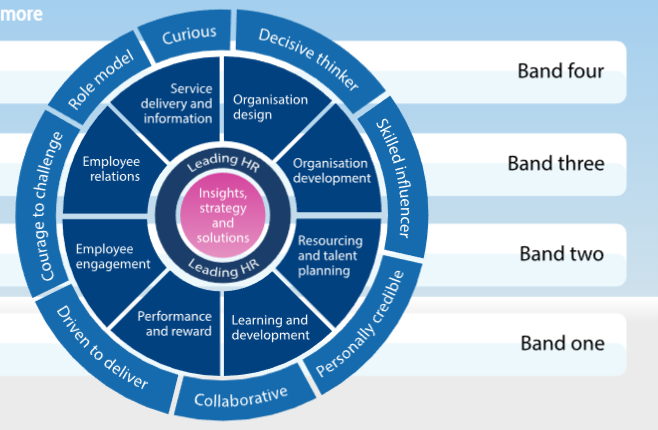Creative thinking has always been one of the main aspects in the successful implementation of any business strategy. In the prospect of business growth and development, it is necessary to establish an effective decision-making approach, which will help to outline the company’s strengths and decrease the negative impact of weaknesses. The Six Thinking Hats technique is a framework for thinking and decision making introduced by a famous expert in the sphere of creative thinking, invented in the early 1980s – Dr. Edward de Bono, and is licensed by Advanced Practical Thinking (APTT), of Des Moines, Iowa. Organizations such as Prudential Insurance, IBM, Federal Express, British Airways, Polaroid, Pepsico, DuPont, and Nippon Telephone and Telegraph use the Six Thinking Hats method.… Read the rest
Human Resource Concepts
Understanding the Talent Cliff
The talent cliff is a looming challenge facing organizations across a variety of industries. The phrase refers to the coming shortage of experienced, knowledgeable workers as the baby boomer generation retires en masse. This large cohort of workers has played a central role in driving the U.S. economy for the past several decades, and their absence could lead to a significant talent gap that could prove detrimental to many industries.
This essay will explore the talent cliff, its causes and effects, and the potential strategies and solutions that organizations can adopt to mitigate the talent cliff’s impact on their operations.
Causes of the Talent CliffThe baby boomer generation, which includes individuals born between 1946 and 1964, has played a central role in the U.S.… Read the rest
Idea of Workers Participation in Management
Workers participation in management refers to the involvement of employees in the decision-making process and management activities of an organization. This approach to management is based on the belief that employees are valuable assets to the company and should be given a voice in the direction and operations of the organization. Workers participation in management can take various forms, including collective bargaining, works councils, employee representation on boards, and employee involvement programs.
The concept of workers participation in management has its roots in the labor movement of the late 19th and early 20th centuries. During this time, workers were organizing to improve their working conditions and wages, and were calling for a greater say in the decisions that affected their lives.
Work-Life Balance: Why it Matters and How to Achieve it
Work-life balance is a concept that has gained a lot of attention in recent years. It refers to the ability to balance one’s professional and personal life without either one interfering with the other. The goal is to maintain a healthy balance between work and personal life so that you can enjoy both without sacrificing either one.
In today’s fast-paced and demanding world, work-life balance is more important than ever. With the rise of technology, the boundary between work and personal life has become increasingly blurred. Many people find themselves working longer hours, answering emails after hours, and feeling overwhelmed by their workload.
What is HR Professionalism?
In order to understand what HR professionalism is we first have to break down what it means to be a professional. The term professional could be an individual who is a qualified member of a professional body, someone who continuously updates their knowledge, is competent, and uses their skills in practice. Professionalism could be interpreted as the use of specialist knowledge necessary to perform a particular type of work or role. Professionals are associated with increased training, the development of professional knowledge standards, and a requirement to update this knowledge.
One way the CIPD (The Chartered Institute of Personnel and Development) measures professionalism is through their code of conduct which can be broken down into 4 sections as shown below:
- Professional Competence and Behaviour
- Ethical Standards and Integrity
- Representative of the Profession
- Stewardship.
The Alignment of Compensation and Business Strategies
Compensation is a key element in the success of any business. Although compensation plans were not always seen as a strategic business initiative, their huge impact on a company’s bottom line, recruiting, retaining and motivating people has led to compensation design being considered an important element to achieving success.
Compensation and Business Strategies AlignmentIt is essential that a fair, competitive and attractive compensation plan is created in order to ensure the future success of the company. If the compensation plan is carried out properly it can improve organisational effectiveness, support human capital requirements of a business, and motivate and reward achievement of key corporate strategic and financial goals.… Read the rest




